Other Factors to Consider-
The history of the television and radio industries is an interesting one, often involving a battle for supremacy. Popular culture has made it seem like these two are mortal foes, but really they're more like feuding cousins.
Image source: https://www.flipkart.com/
TV can be thought of as an older sibling to radio in many ways. The TV industry was born as a result of work on the radio industry and both use electromagnetic waves to transmit signals.
Image source: https://gadgets360.com/
Originally, TVbroadcasts were live and only involved one viewer at a time whereas radios were able to broadcast or record multiple listeners at once (making them even more analogous).
Image source: https://www.reliancedigital.in/
While the general public may think of televisions and radios as interchangeable tools, they do have some significant differences.
Image source: https://www.shopclues.com/
Broadcasts- Both radio and TV involve broadcasting information to an audience, but at different frequencies. Radio broadcasts operate using an AM band from 540-1750 kHz, whereas
Image source: https://www.tatacliq.com/
TV broadcasts on VHF (very high frequency) or UHF (ultra high frequency.) These signals can travel farther than lower frequency radio, but not as far as higher frequencies. The average distance a TV signal will travel is about 25 miles for VHF and about 50 miles for UHF. Conversely, an AM radio station can be heard up to 1000 miles away (in theory. Actual distance depends on a number of factors including the station power and terrain).
Image source: https://www.flipkart.com/
TV technology allows broadcasters to send out signals more quickly and with more complexity. Because of this, it's possible to have multiple channels, have a slightly larger range, and be able to encrypt signals so that they cannot be accessed by unauthorized users.
Image source: https://www.smartprix.com/
Content and Scale- Radio has started to fragment slightly as technology has advanced. It can now be streamed online or through apps. This is new territory for radio but it is becoming increasingly popular in the age of smartphones.
Image source: https://gadgets360.com/
TV, on the other hand, has thrived due to its ability to transmit multiple signals at once. It has also benefited from its ability to transmit larger images through the airwaves, including things like high definition.
Image source: https://www.snapdeal.com/
Radio and TV are both constantly evolving as technology improves. Because of this, one should keep an eye out for new developments in each field that may change the
Image source: https://www.reliancedigital.in/
way they are used. The FCC (Federal Communications Commission) is responsible for regulating the use of TV and radio in the U.S.,
Image source: https://www.amazon.com/
so there are laws that each form must follow, but most improvements and changes come about as a result of human technological innovation. ,
Image source: https://www.flipkart.com/
Radio and TV both date back to the early twentieth century and have had a series of people involved in the creation of each. It is likely that the two will continue to change over time as they are influenced by technological innovation and human progress.
Image source: https://rtings.in/
"the average home in the U.S. has six television sets and four radio receivers." - The New York Times, 2006.
Image source: https://www.amazon.com/
"the standard household radio today contains nine tubes and weighs about a pound." - The New York Times, 2006.
Image source: https://www.tatacliq.com/
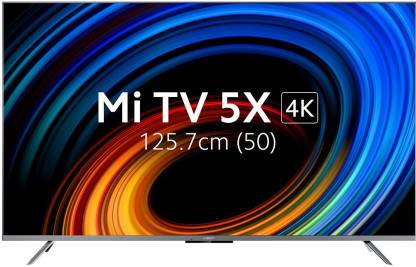


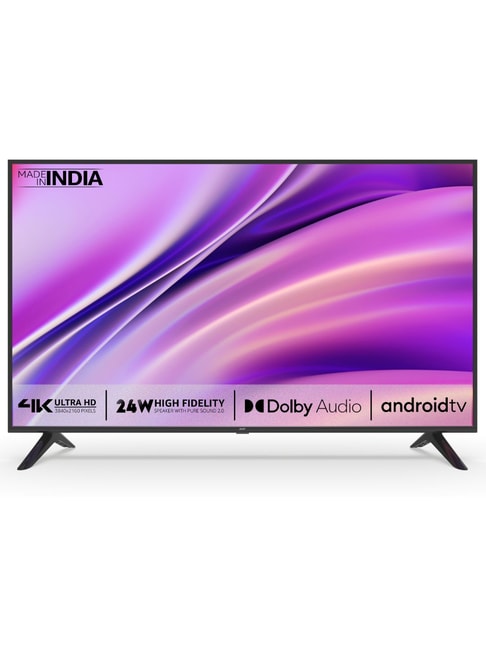
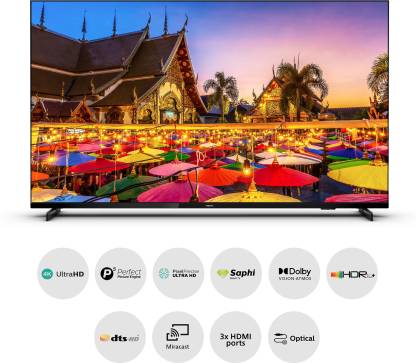
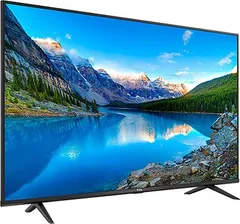






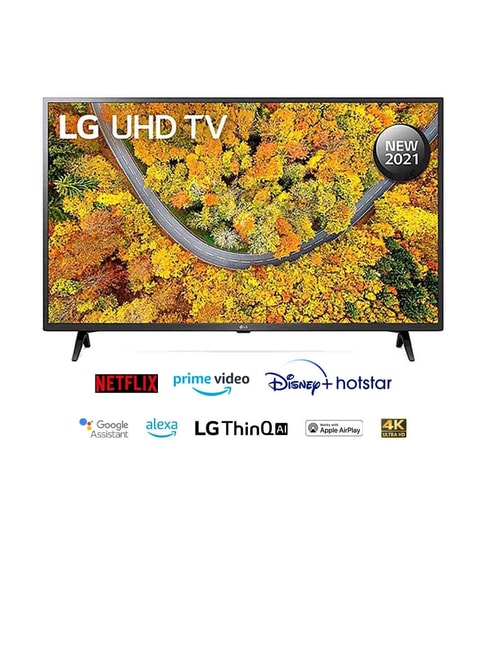
Comments
Post a Comment